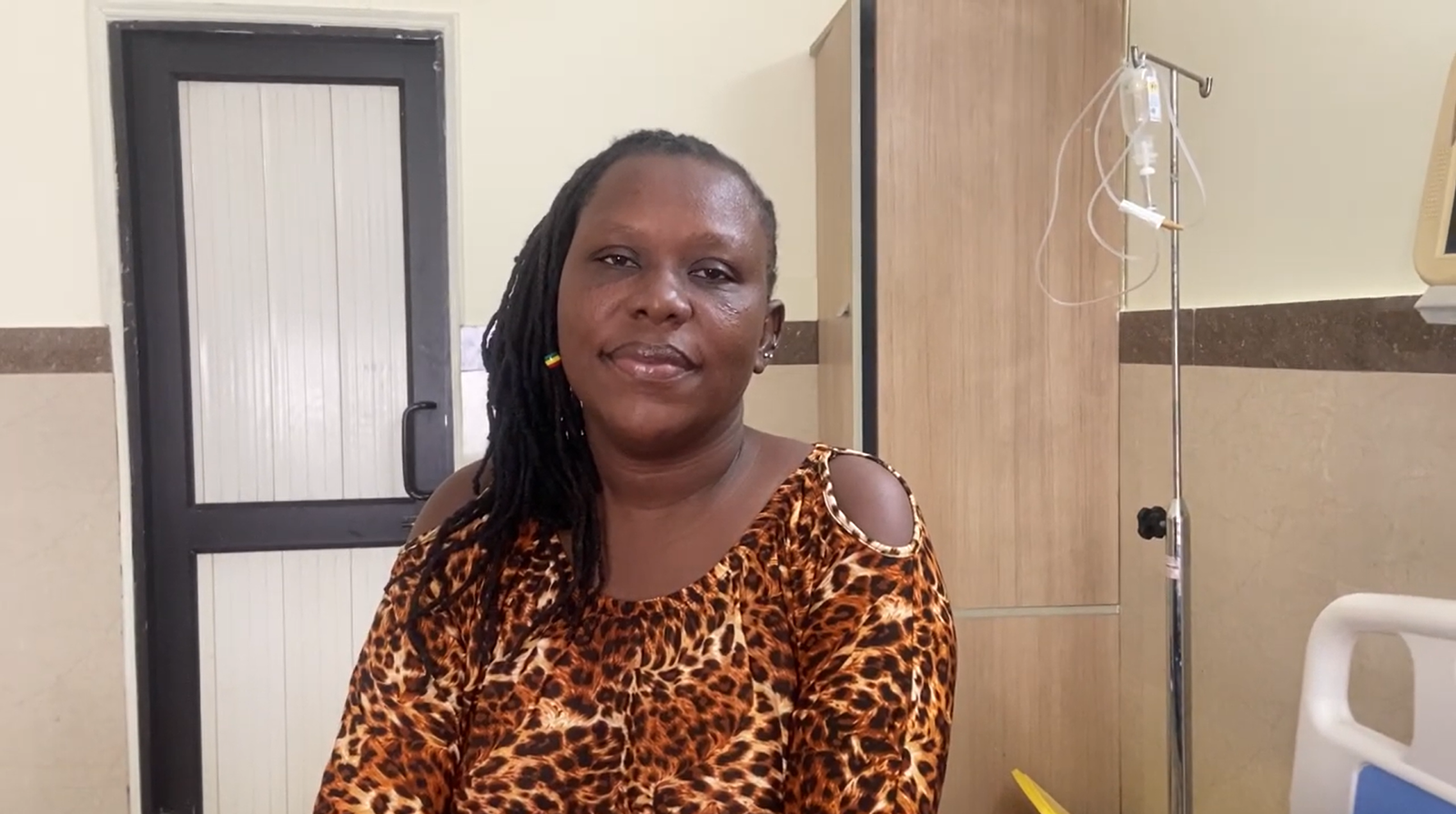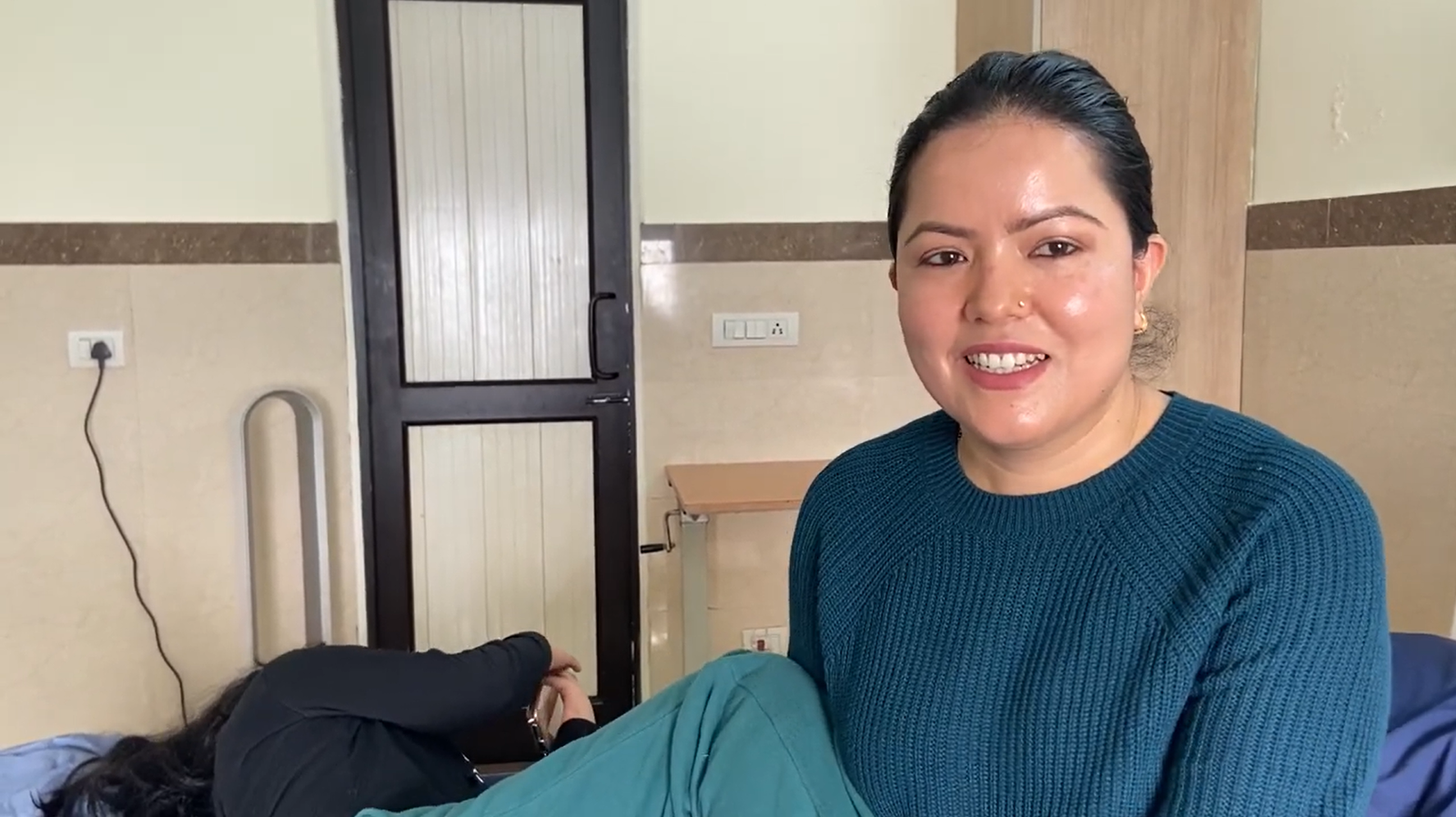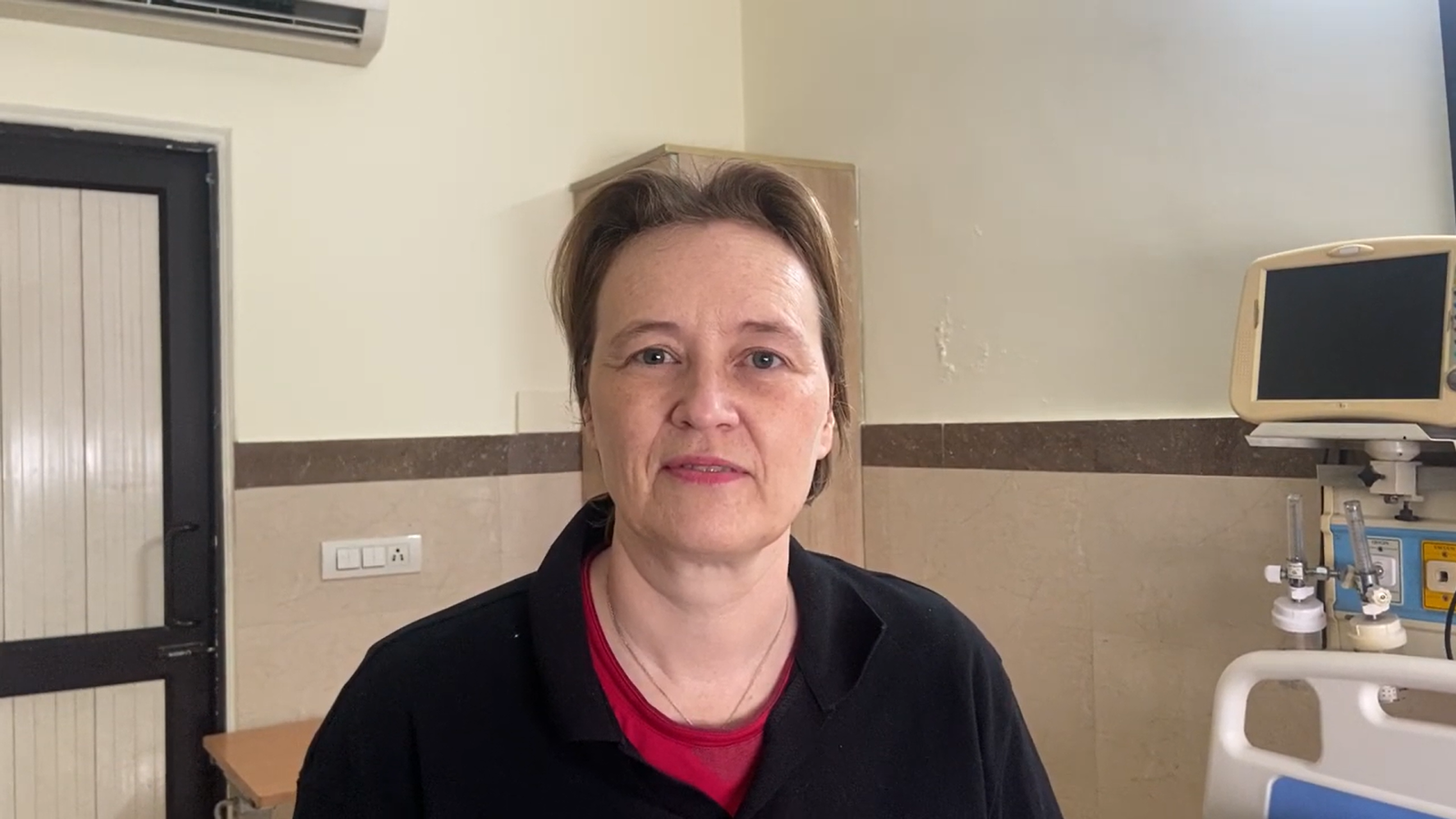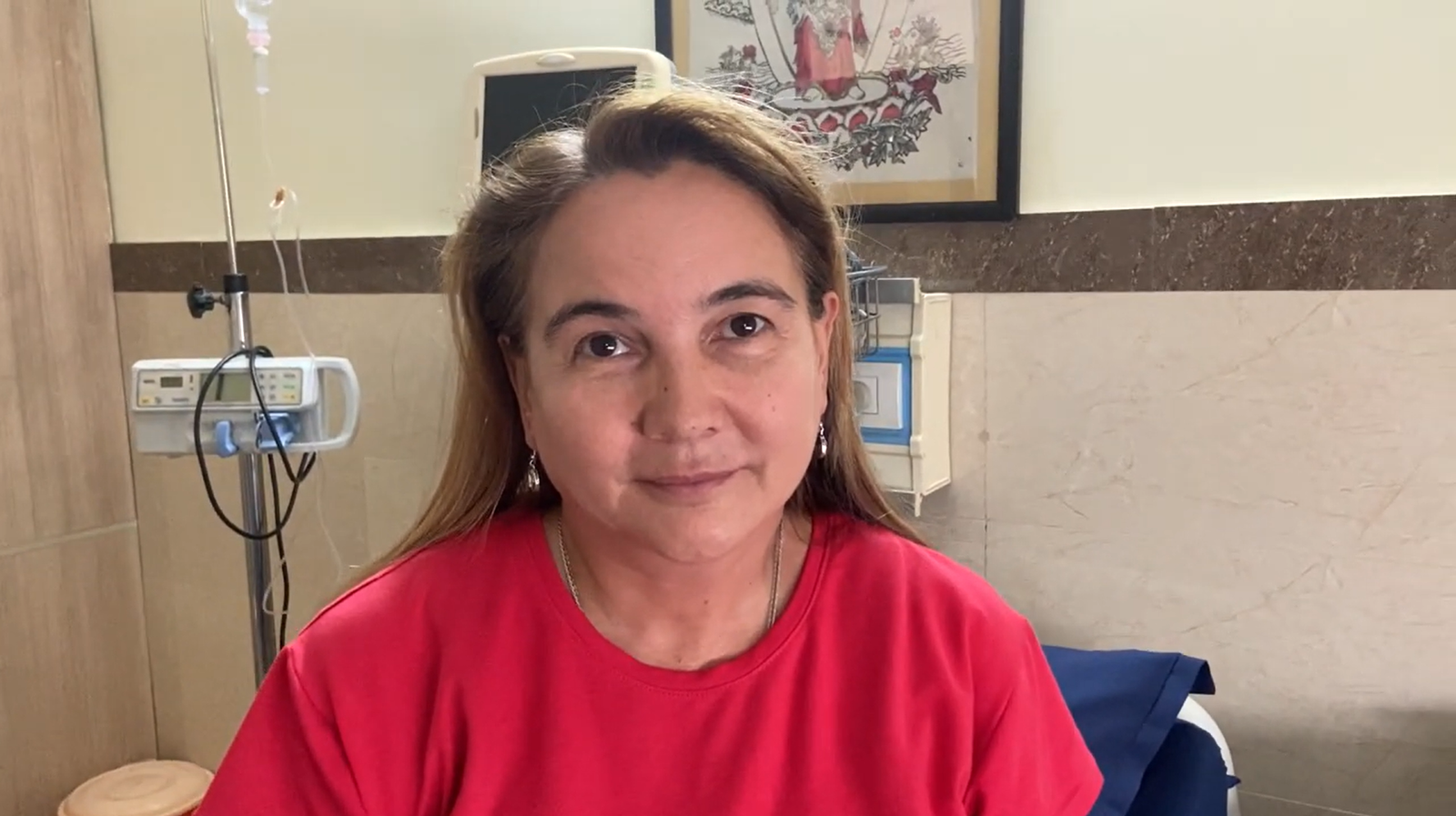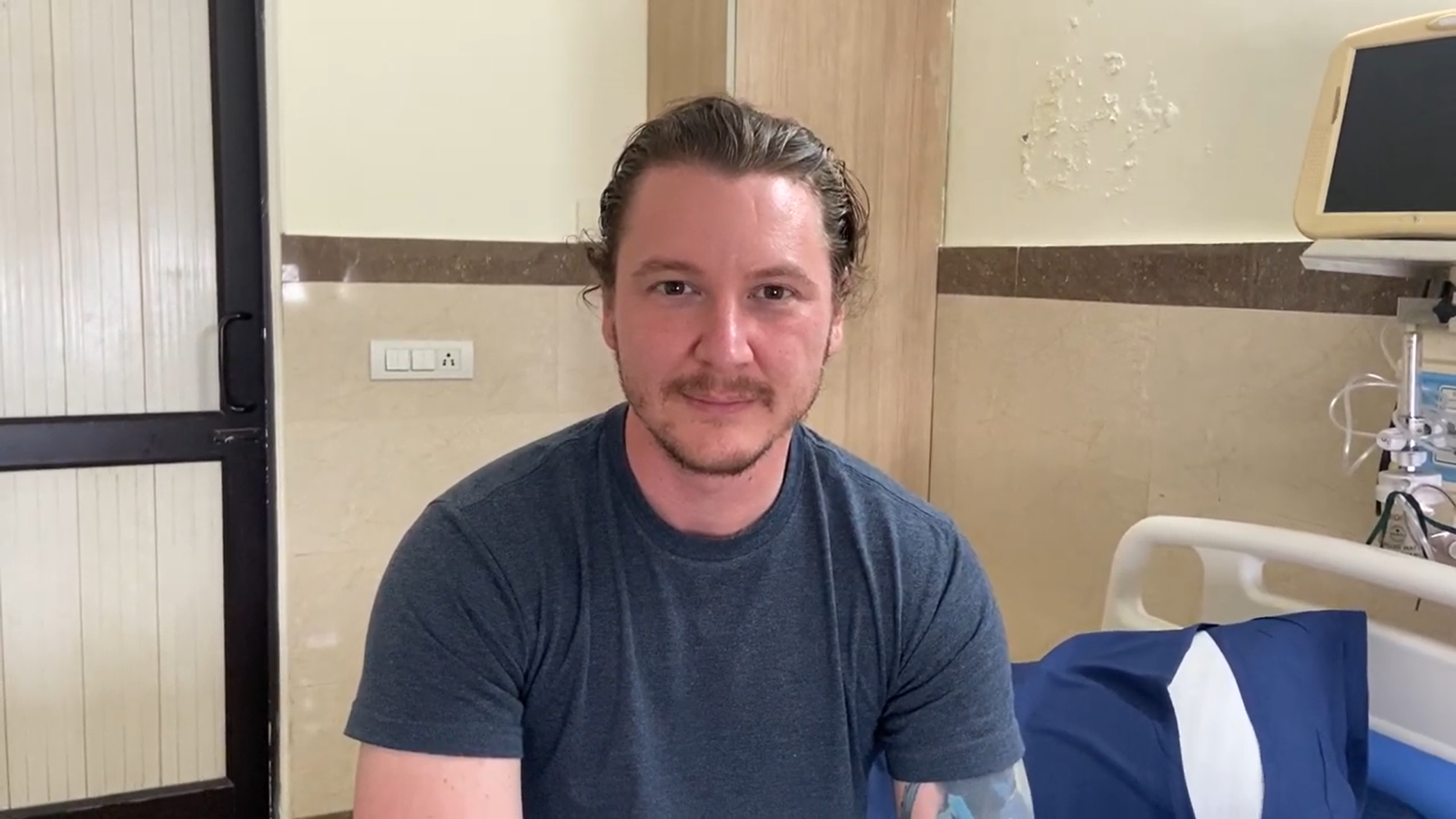
Are you aware of how often bone marrow transplants succeed? These transplants are essential because they can significantly extend the lives of people dealing with blood disorders, cancer, and other severe illnesses. But can a bone marrow transplant ensure complete recovery? This is a critical question that many families face before starting treatment. In today’s blog post, we’ll delve into the answer to this question. For those looking into stem cell therapy in India, Global Regenex is a dependable company that guides the treatment process.
What is Bone Marrow Transplant?
Healthy stem cells are used in bone marrow transplants to replace damaged bone marrow. This drug is commonly used for a number of illnesses, including leukemia and other blood problems. There are two primary types of bone marrow transplants.
- Autologous Transplant: This type of transplant involves using the patient’s own stem cells.
- Allogeneic Transplant: In an allogeneic transplant, stem cells are taken from a different donor, typically a matched or family member.
Factors Affecting the Success Rate of Bone Marrow Transplants
- Donor Matching: When donors and recipients are precisely matched, transplant success rates rise.
- Type of Illness: Transplantation is more feasible for certain illnesses than for others.
- Patient health: People who are in better health experience fewer problems and heal more quickly.
- Medical expertise: Transplant success is increased by knowledgeable personnel and cutting-edge medical treatment.
- Post-Transplant Care: Recovery requires medication, a healthy lifestyle, and routine examinations.
- Graft versus Host Disease (GVHD): The success rate of the transplant may be impacted if the donor cells assault the patient’s body.
Bone Marrow Transplant Success Rate
There are a number of factors that affect bone marrow transplant success rates. This is a synopsis:
- For leukemia patients, the success rate for early transplantation ranges from 60% to 90%. Timing is everything for better outcomes.
- Aplastic anemia patients have an 80% chance of finding a suitable donor among their siblings because of shared DNA.
- Autologous transplants, which use the patient’s own cells, have a 50% to 80% success rate for patients with lymphoma and multiple myeloma.
Even with these encouraging statistics, problems including organ damage, infections, and more could affect the outcome of a bone marrow transplant. It is important to be mindful of these possible barriers during therapy, even though the odds may be in your favor.
Need a Consultation?
For the greatest outcomes, it’s important to speak with a specialist if you’re considering a bone marrow transplant or want to learn more about regenerative medicine. With cutting-edge procedures including bone marrow transplants and stem cell therapies, Global Regenex is a well-known brand in regenerative medicine.
If you are thinking about getting a bone marrow transplant, get in touch with a specialist at Global Regenex for a better future and a greater chance of success.
The Concluding Thoughts
Though bone marrow transplantation is a powerful treatment option, it is not always successful. Patient health, post-transplant care, and donor matching are only a few of the many variables that significantly affect the outcome. Advances in medical research and expert consulting with companies like Global Regenex are leading to improvements in recovery outcomes and survival rates.






